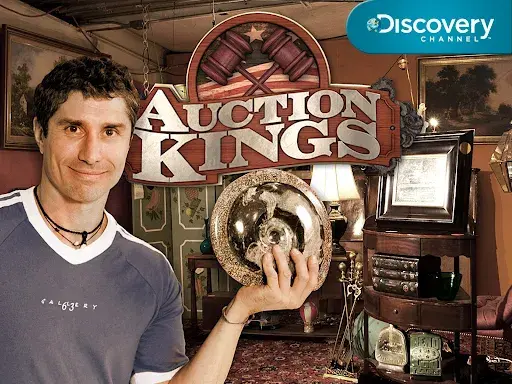Norwegian Painter Christian Krohg at the Musée d’Orsay
Published on

In the 1880s, Norwegian art experienced an unprecedented golden age. Among its finest exponents was Christian Krohg, to whom the Musée d'Orsay is devoting an unprecedented but partial exhibition. Christian Krohg (1852-1925), Sick Girl (Syk pike), 1881, oil on canvas, 102 x 58 cm/40.15x 22.83, Nasjonalmuseet, Oslo.Photo : Nasjonalmuseet / Borre Hostland After Edvard Munch (2022) and Harriet Backer (2024), the Musée d'Orsay closes a trilogy devoted to Norwegian painters of the turn of the 20th century with Christian Krohg (1852-1925), a master of naturalism. Bringing together some fifty genre scenes dealing with the quest for emancipation, the exhibition shows an artist who was particularly sensitive to









